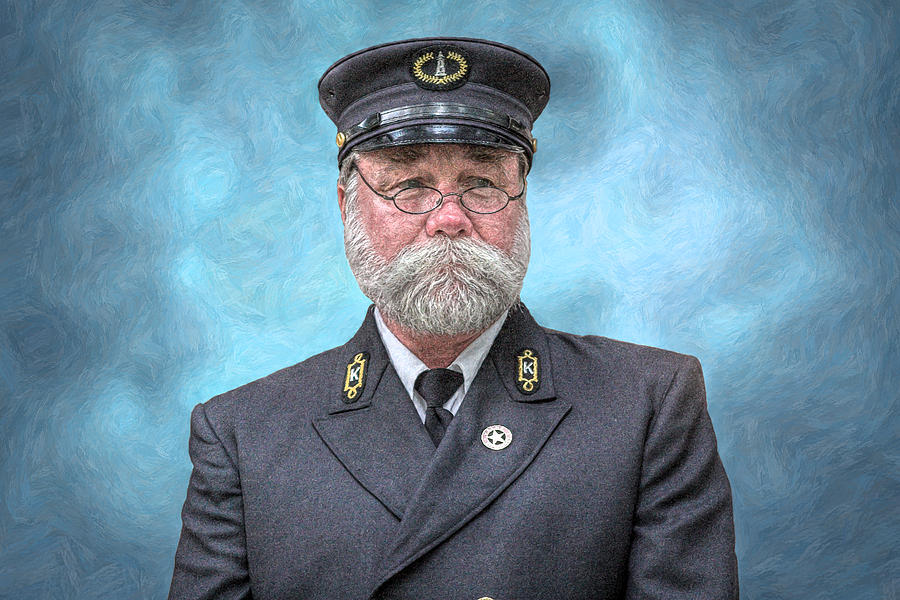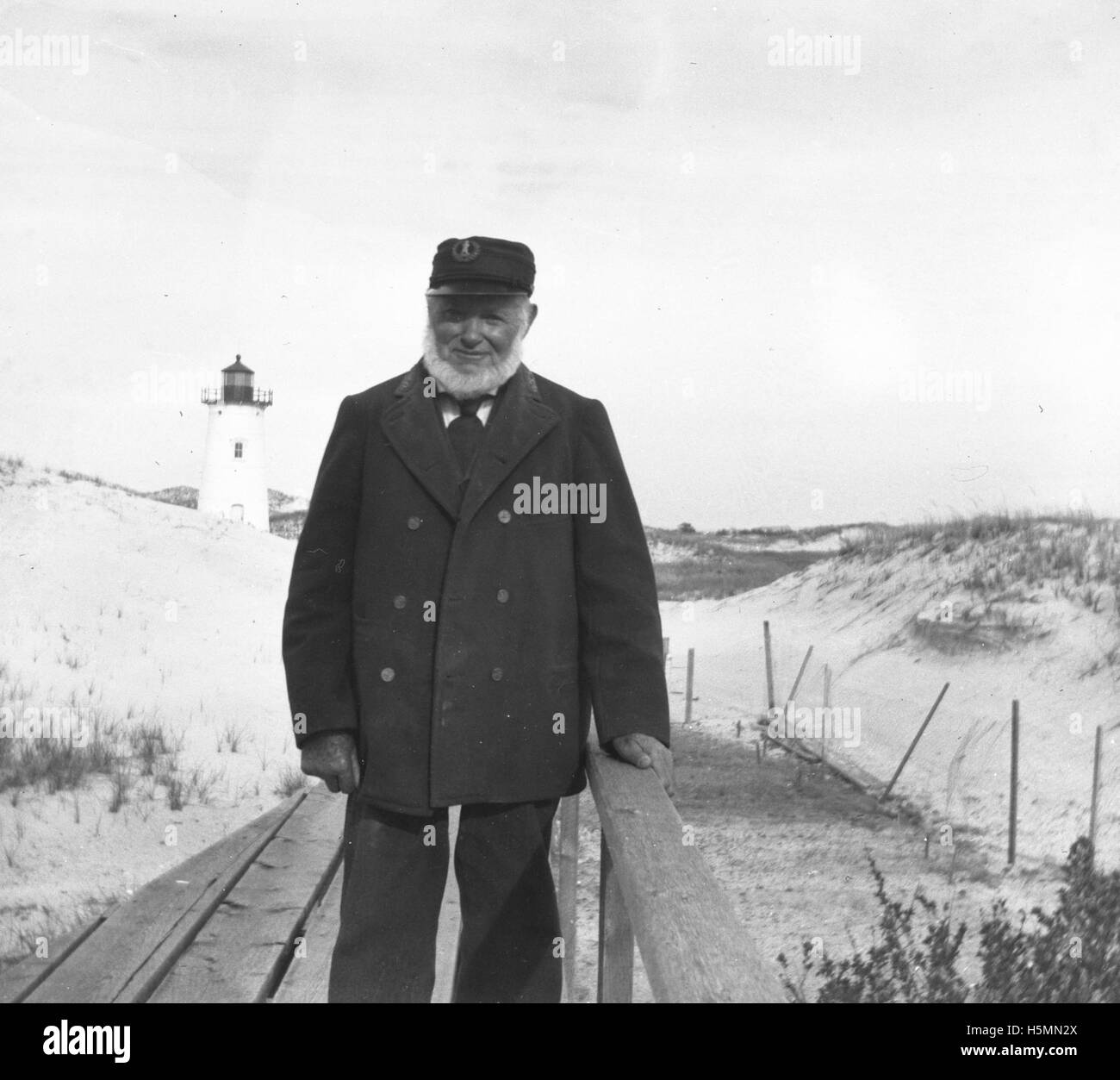

However, the sea took not only the equipment but also the men. The equipment and boats were in danger of being swept away, so one man remained in the tower while his three companions tried to save what they could. The lighthouse of Eilean Mor off the north coast of Scotland faced such a danger in 1900. Occasionally, a storm would become so strong that the waves would become so high and powerful that they threatened to seriously damage the tower. Storms and high waves could also be dangerous and cost some keepers their lives. But others, like Grace Darling and her father, 1838 were very successful and she even became a local celebrity. Unfortunately, many died in these attempts. But when the keeper heard that a disaster had happened in front of his tower, he rowed out to save what he could. Rescue attempts were also a dangerous activity, even if they were less frequent. Was a simple, wooden tower which was destroyed in a storm in 1703, by

When he died, the autopsy revealed that his stomach contained 200 grams of solid lead.īuilt by Henry Winstanley in the 1690s, the first Eddystone Lighthouse When Hall looked up to throw a bucket of water on the fire, a stream of molten lead poured from the roof over his face and throat. So it was that Henry Hall, the 94-year-old lighthouse keeper, discovered that a spark, presumably from a flame from the lantern, had flown upwards and ignited the top of the tower. The towers from the 18th century onwards had a lead roof and this could be affected by the flame of the lantern. There were many, and it was not only the sea.
Old lighthouse keeper free#
Typical times were as follows: 22.00 - 02.00 Light watch 02.00 - 09.00 Sleep (but on call) 09.00 - 10.00 Free time (breakfast) 10.00 - 14.00 Cleaning and maintenance (minimum 2 hours) and relief of man on duty for short periods 14.00 - 18.00 Free time 18.00 - 22.00 Light watch.

That meant keeping the tower clean, keeping the logbook, cooking, and keeping the equipment clean and intact. Then there were the everyday tasks of life. And in fog, the foghorn had to be operated. The tower had to be painted regularly and the light signals had to be practised constantly. They had to ensure that there was enough fuel, that all glass and lenses were carefully cleaned, and that any repairs were done immediately to avoid accidents. The guards were on duty 24/7, even though there was always more than one guard, they had their hands full. This meant not only very little space, but also great isolation and loneliness, because only the keepers lived in these places.Įngraving of Smeaton’s version of the Eddy Stone Lighthouse, by unknown ( x) There one could only find towers, and the keepers lived in them. It was different with the towers situated in the sea. They were more part of society and had better access to materials and food. This is why the keepers and their families lived in these stations. Those positioned along the coast were often lucky enough to have one or more outbuildings in addition to the tower. This led to two types of lighthouses and the habitats of the lighthouse keepers. The lighthouses from the 17th century onwards were, in contrast to the previous ones, no longer positioned only on the coasts but now also on very remote rocks in the middle of the sea. It was not until 1800 that many of the keepers were old sailors who could no longer continue their lives at sea and went to the towers voluntarily. In the 18th century the guards were selected and appointed. Lighthouse keeper may sound very romantic to many, but it was one of the hardest jobs you could do and so the first keepers in the 17th century were only there because of honourary awards. Nowadays, lighthouses are controlled electronically and often by computer, but this was not the case in the past and they had to be operated manually. For thousands of years there have been lighthouses to show ships their way and dangers.


 0 kommentar(er)
0 kommentar(er)
